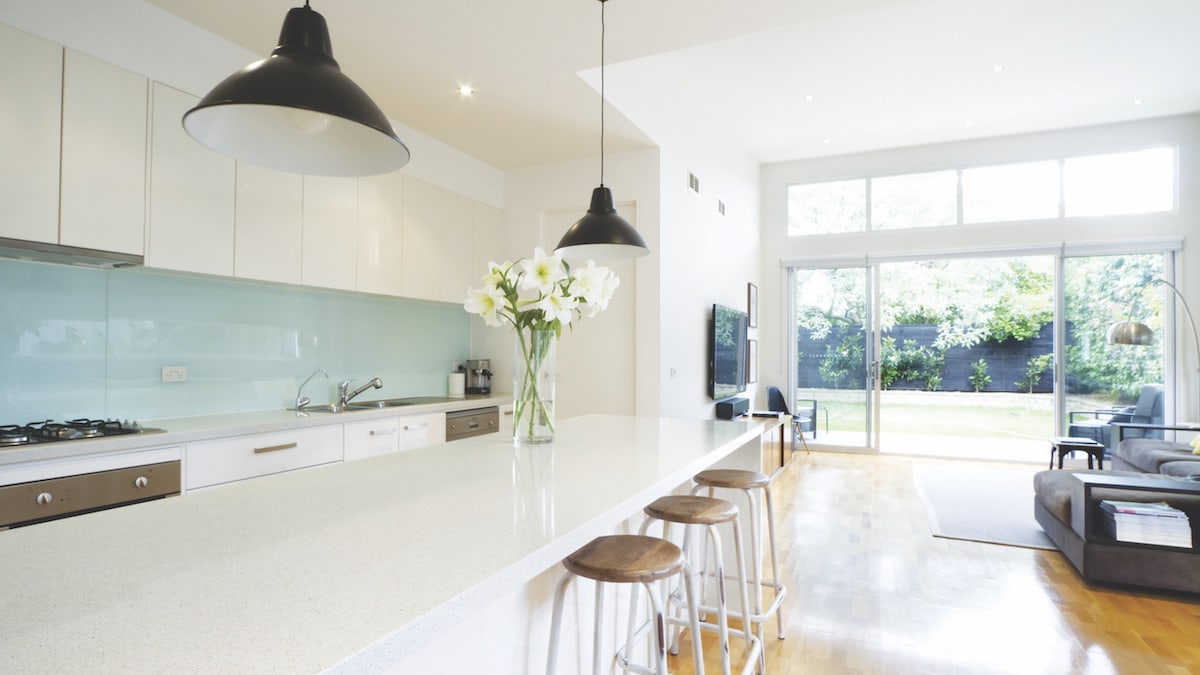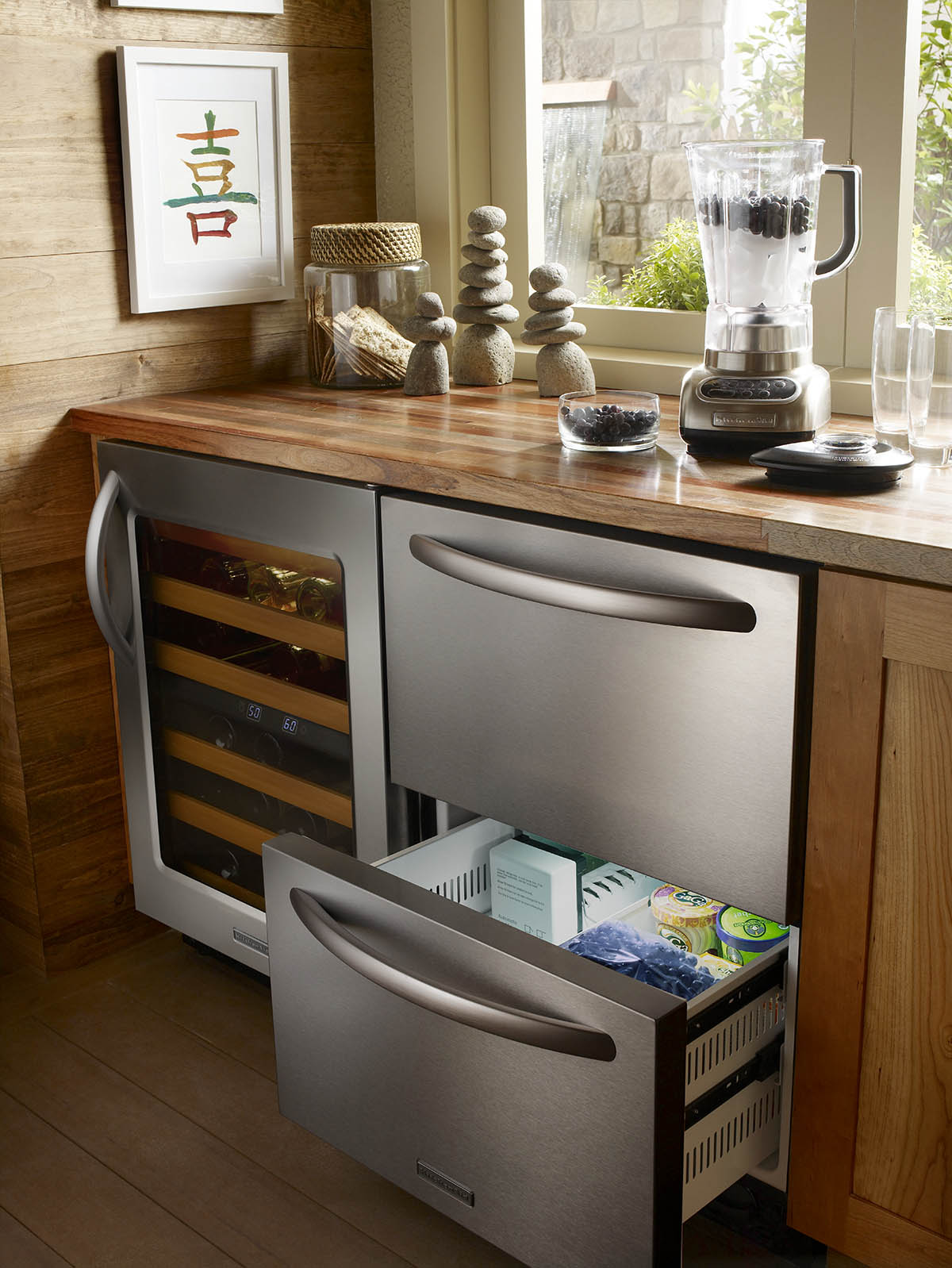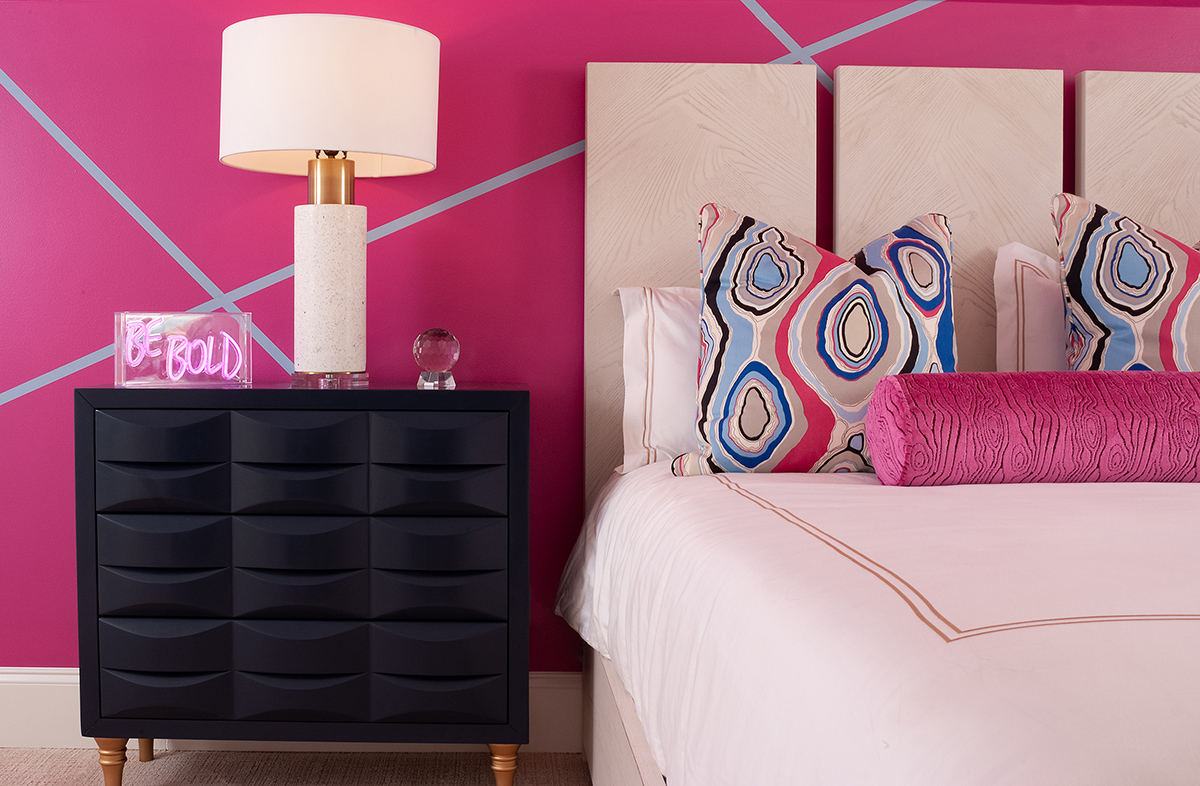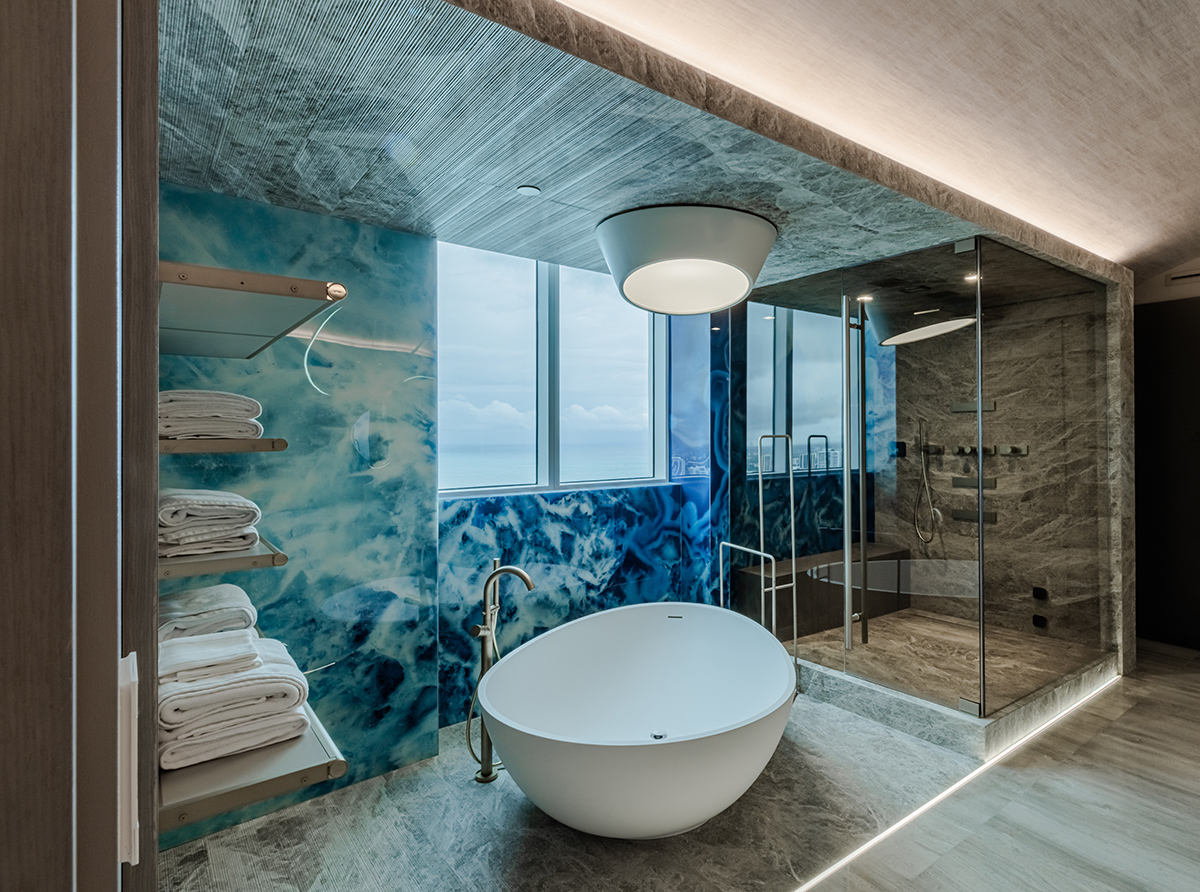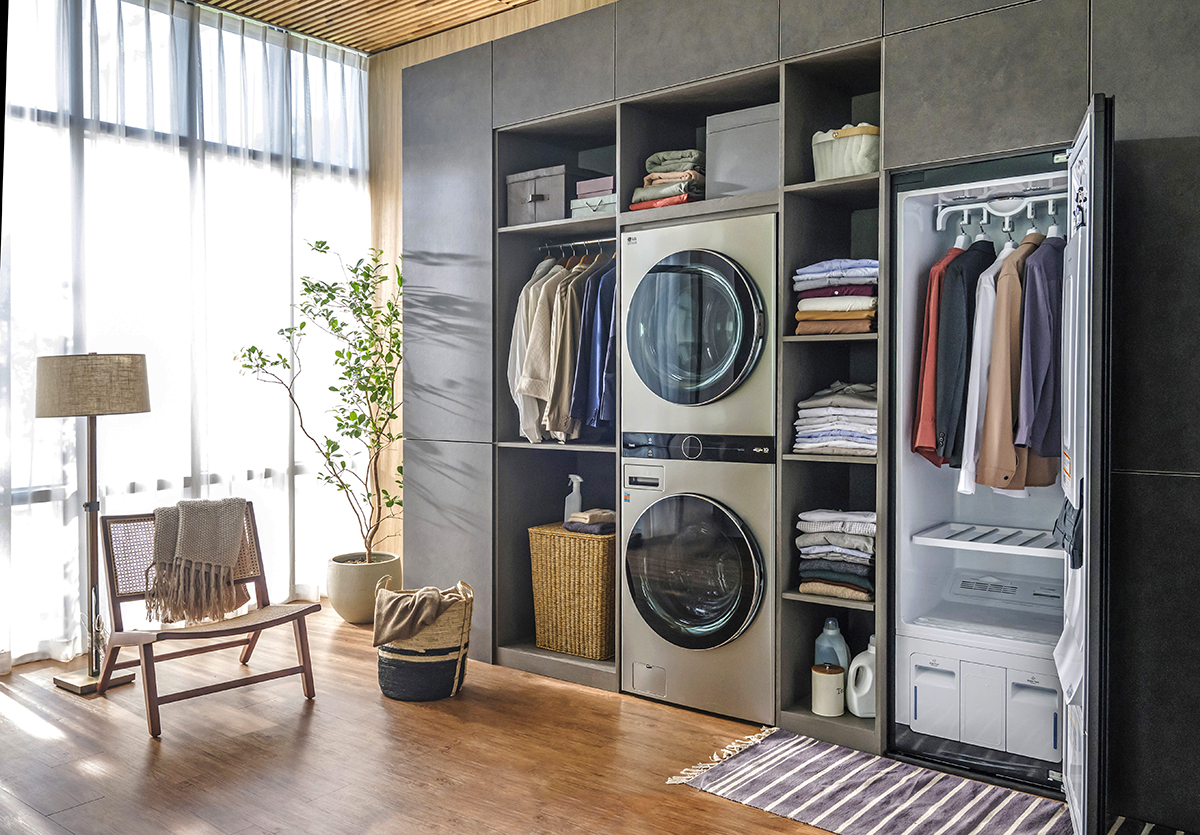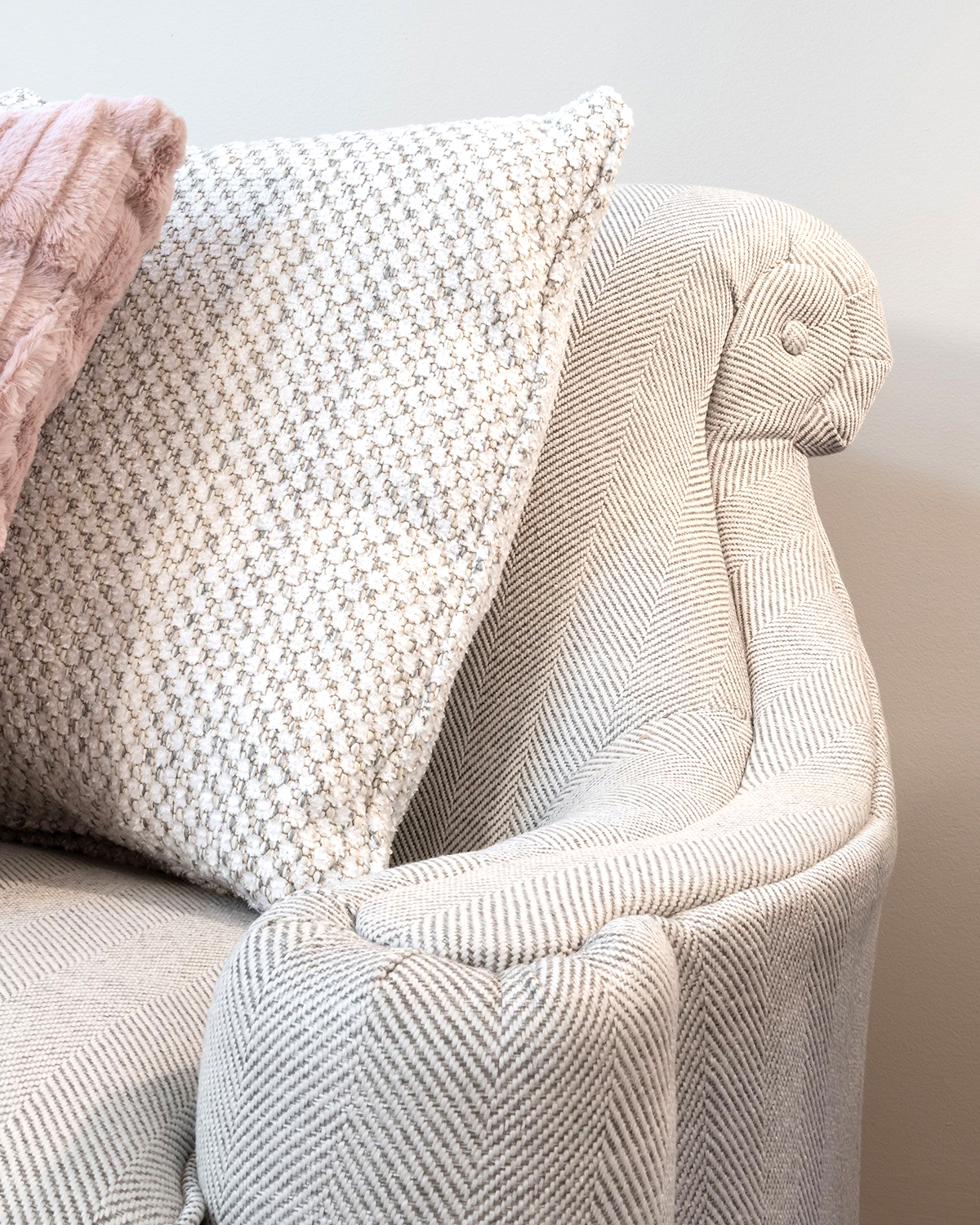WRITER | STEVE HARDESTY
For homeowners wondering how to best care for their granite countertops, the first question should be whether or not to seal them. Some granite benefits from a sealing process, while there are other granites that never need to be sealed. The granite industry most often errs on the side of caution when it comes to sealing recommendations. After all, there is a lot at stake. Most fabricators seal every granite top during the fabrication process. It is frequently recommended that granite be resealed every 6-12 months. Often, however, this is not necessary.
The sole determining factor of when, or even if, you need to seal your granite top, depends entirely upon how porous the granite is. Some granite is nonporous, period. Conversely, granite can also be rendered more porous by removing the polish – a technique called honing – or by texturing the stone, which grinds away the softer minerals and creates a rough surface.
Generally, your granite fabricator will receive a slab from the manufacturer that has been pretreated with resin, known as resin filling. The resin fill will decrease the porosity of the granite. Resin fill is applied when the slab itself is manufactured, during the polishing phase. Resin fill was originally used to make less desirable granite more appealing by filling fissures and pits.
Soon, a secondary benefit was realized, because the resin made the granite less porous. Similar to how a quality penetrating sealer works, resin fills and seals the pores of the granite. Resin, however, is more permanent than even the best sealers. Nearly all granite is resin filled, yet even with this process, some granite is naturally so porous that additional sealing is necessary.
Once the sealer is applied to granite, it is virtually impossible to know whether that granite truly required sealing in the first place. But performing a slab-by-slab analysis to determine whether or not to seal would be a laborious process – more costly than the treatment itself – which is why most fabricators seal every granite top during fabrication.
For those curious as to how a fabricator can determine the necessity of sealing, I will explain the process, as it is fairly straightforward. Water droplets are sprinkled onto the stone using an unsealed sample of the slab. Darkening indicates absorption. Ater ten minutes, if there is no absorption, there is a good chance the granite does not need to be sealed. An alternate test can be conducted using a quarter–sized spot of cooking oil, poured onto the sample and allowed to sit for three days.
After this time, it should be washed with soapy water and allowed to dry. If a spot appears where the oil was, the granite needs to be sealed.
Many of the new, penetrating sealers, can last a lifetime. Washing your countertops with a microfiber towel using only warm soapy water will help prolong the life of your sealer.
To determine whether or not you need to reseal your granite, perform this simple assessment every few months: place a very wet towel on the countertop next to the sink for 15 minutes, then remove it and dry the granite with a paper towel. If you can see an outline or darkening where the wet towel was, it is time to reseal the granite.
Please note that this process covers granite and quartzite only. Marble, travertine, and limestone are much more porous and require slightly different considerations for sealing.


